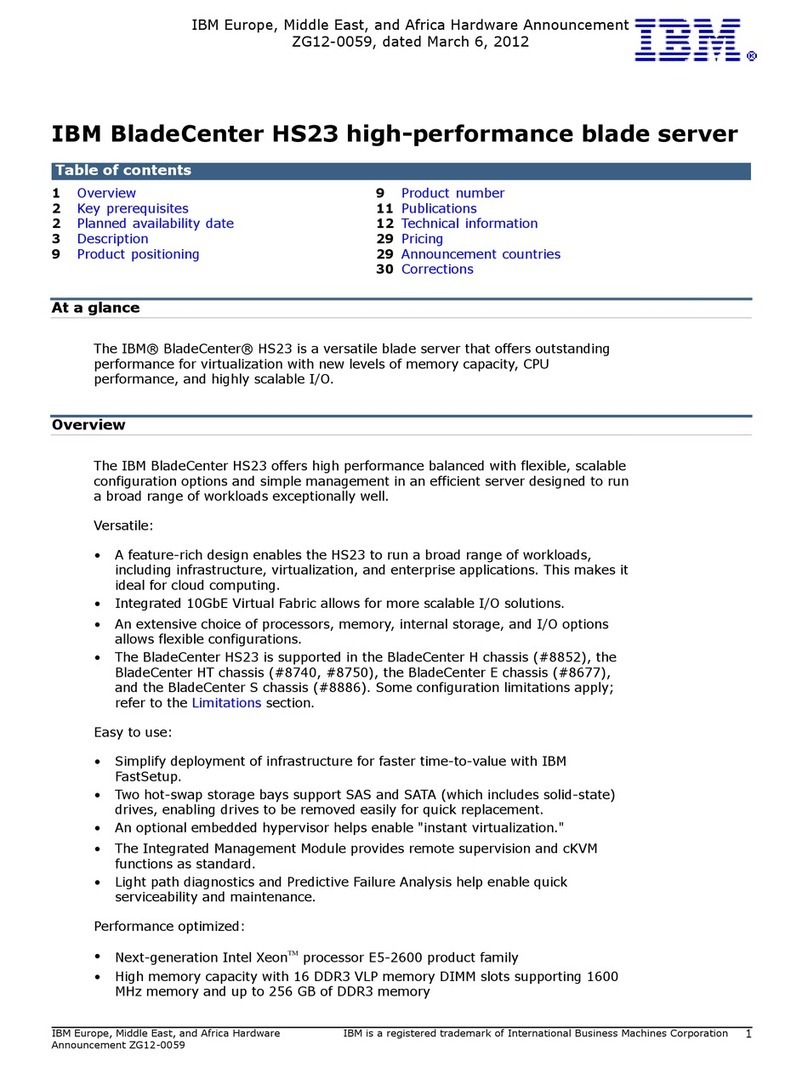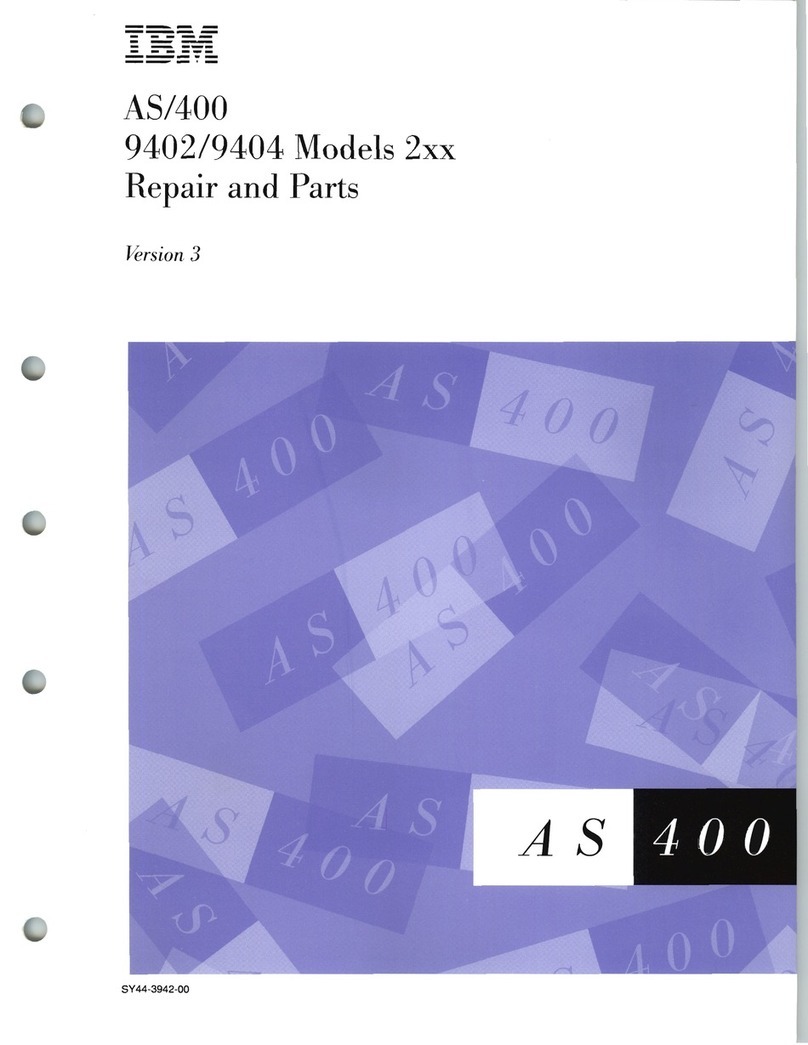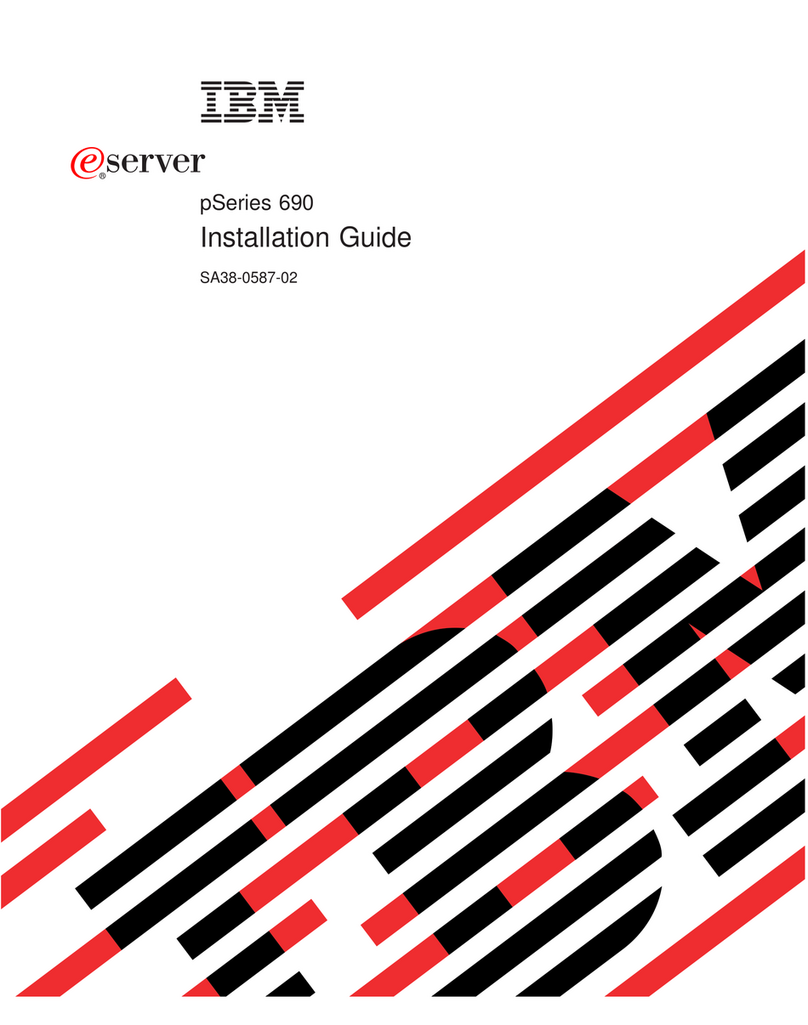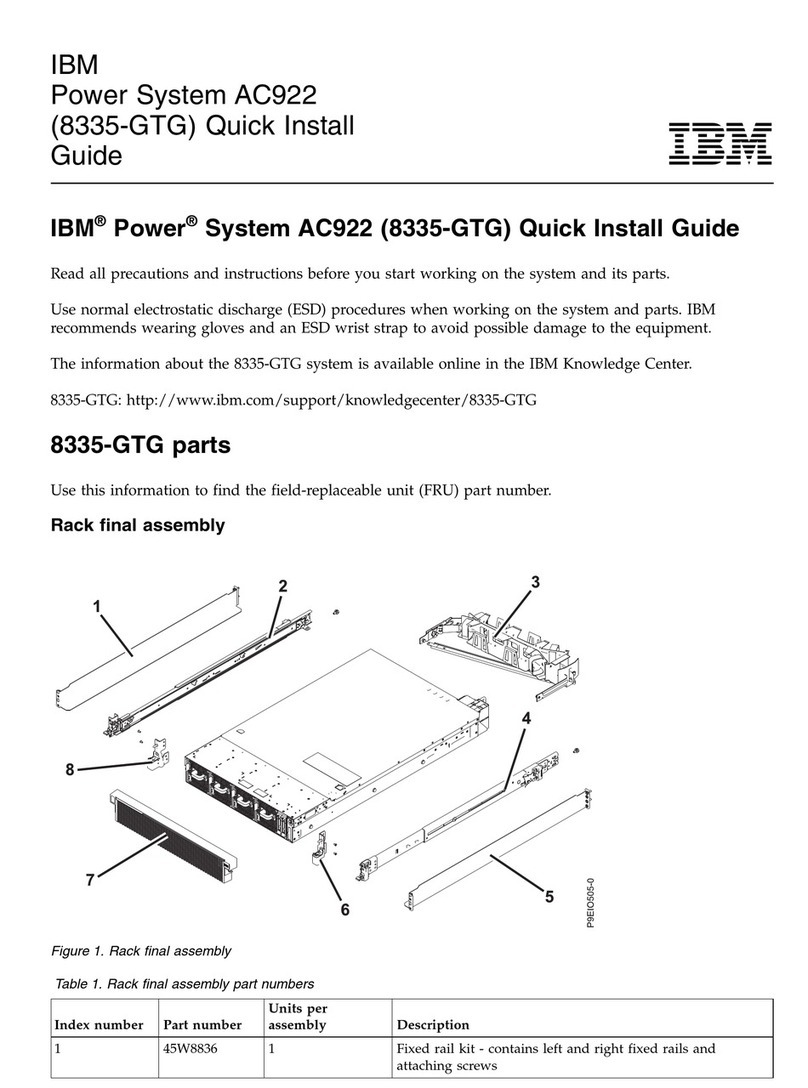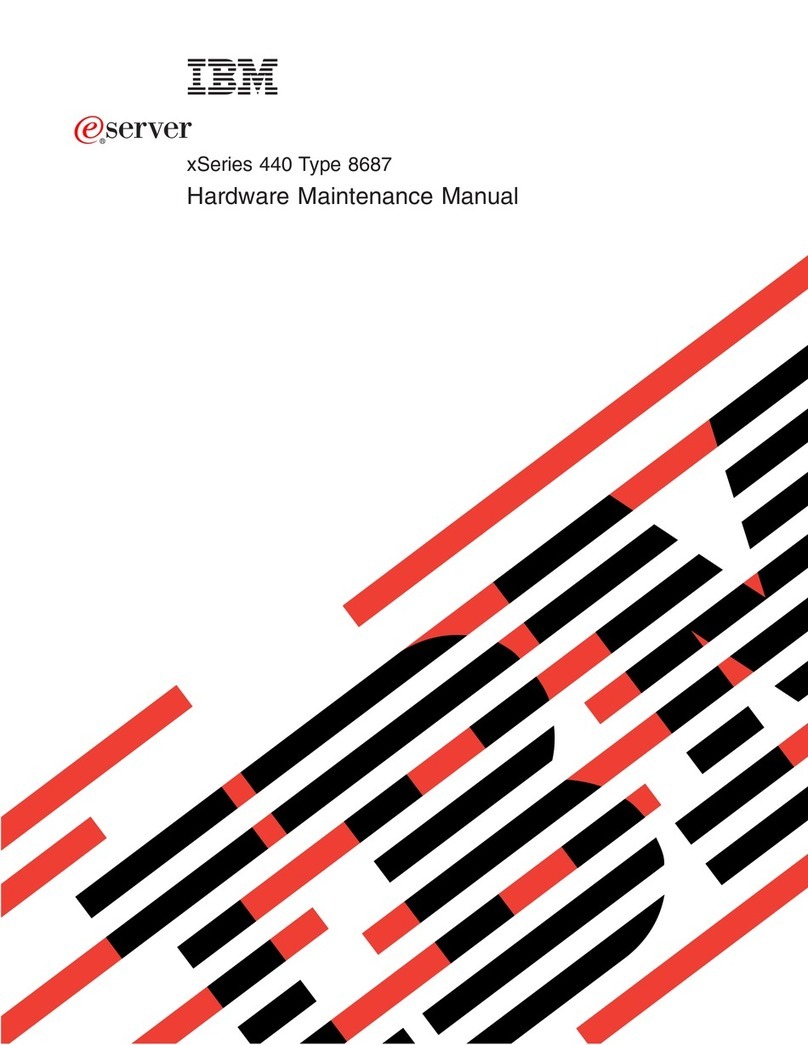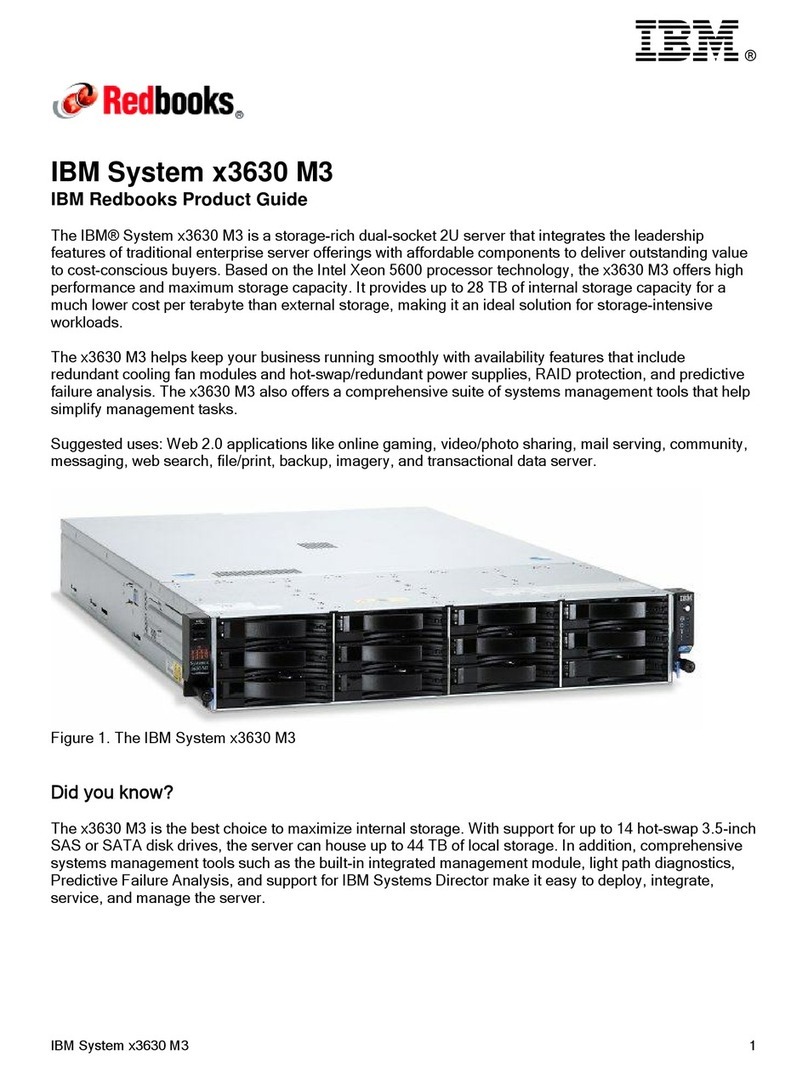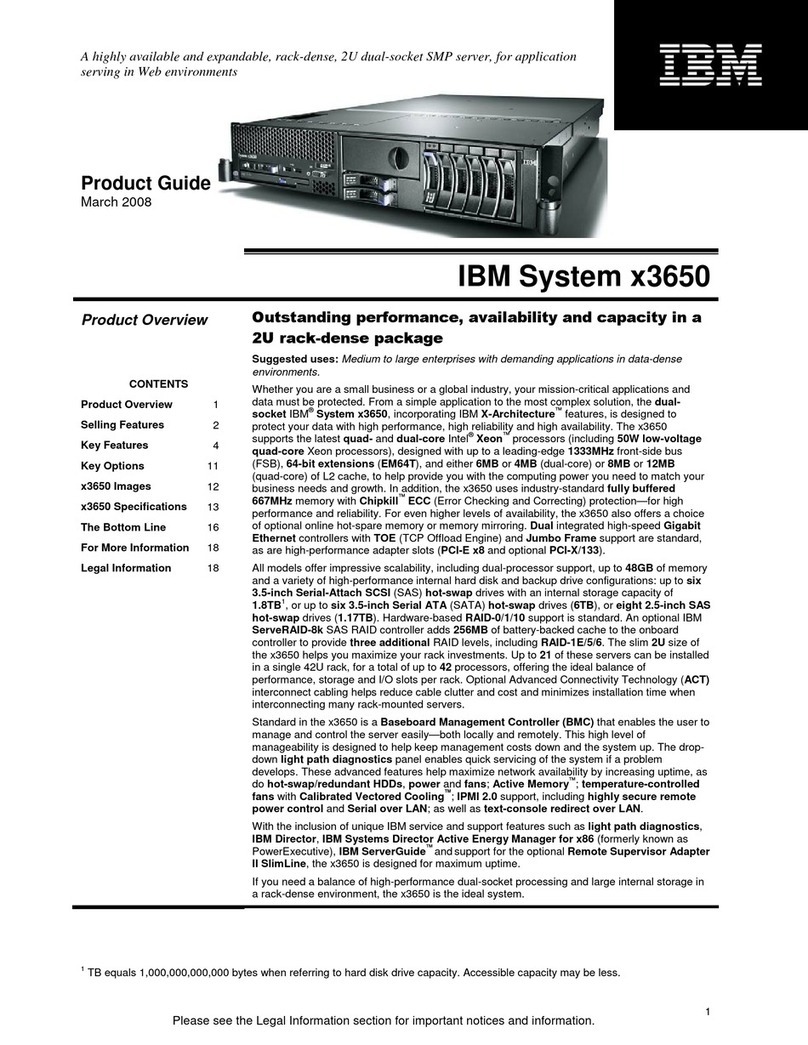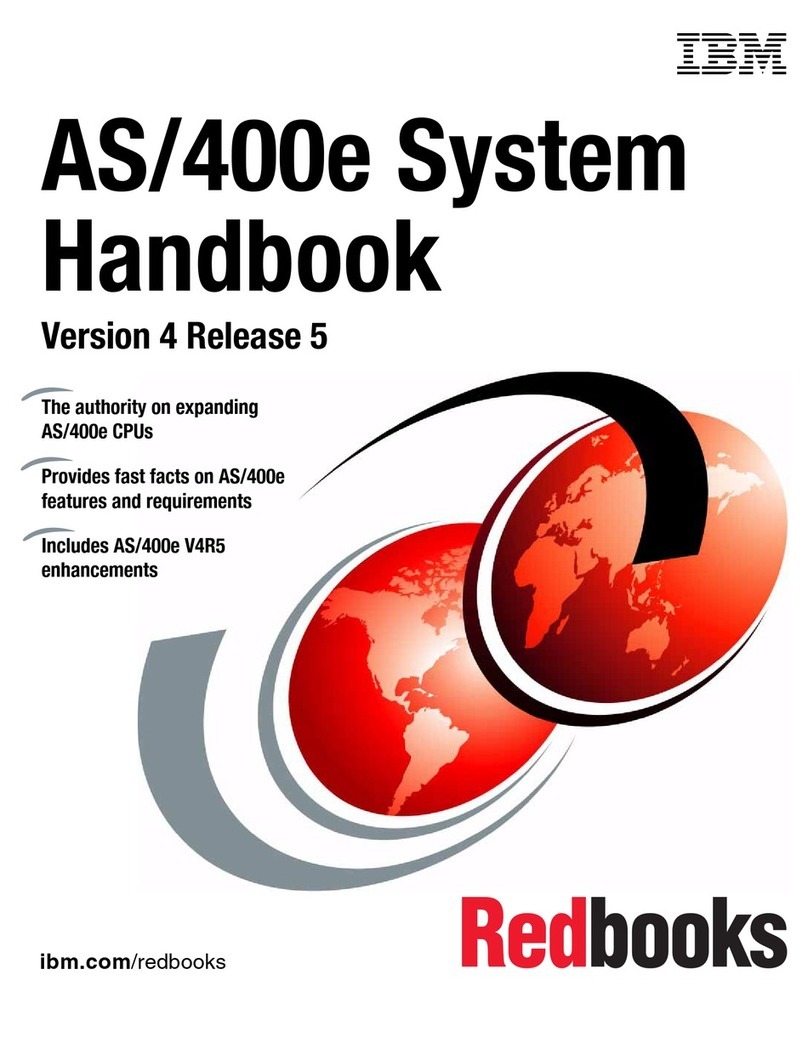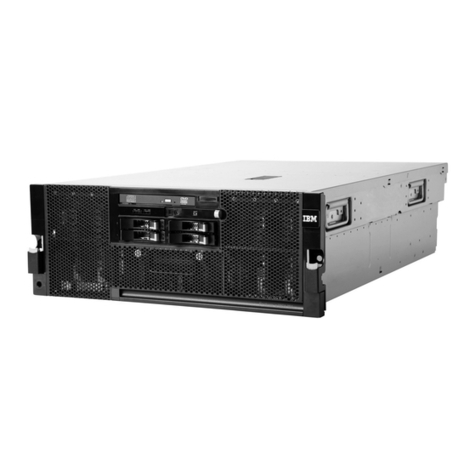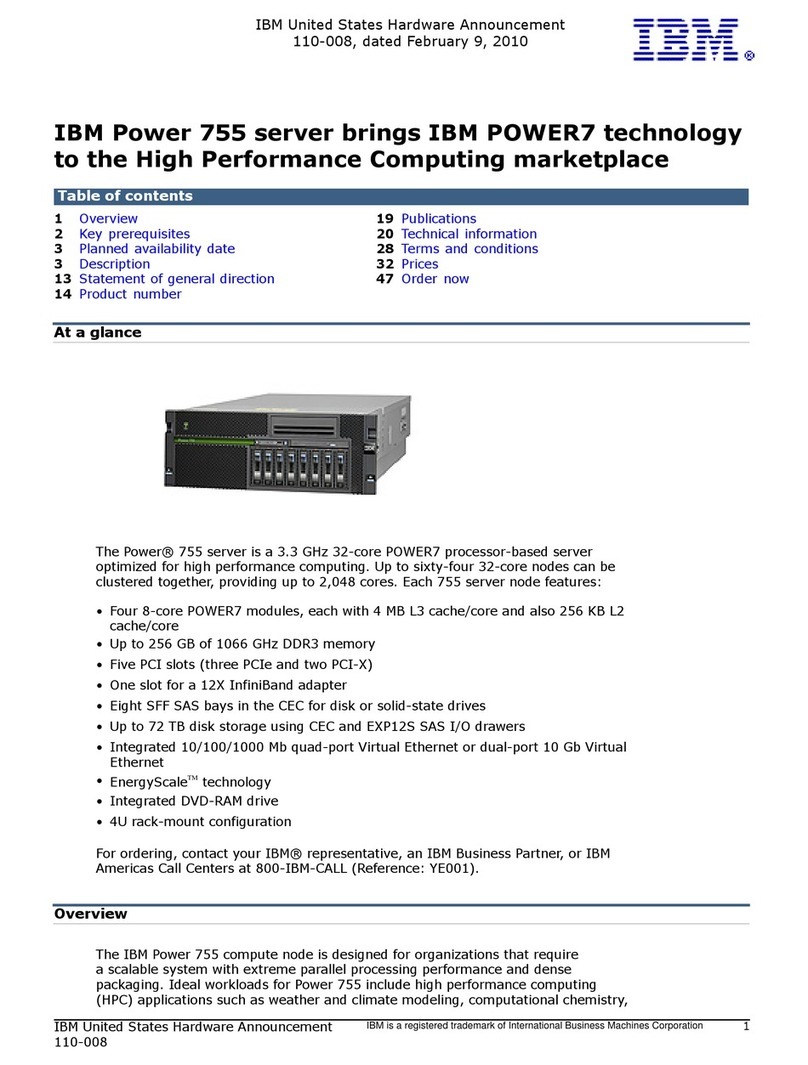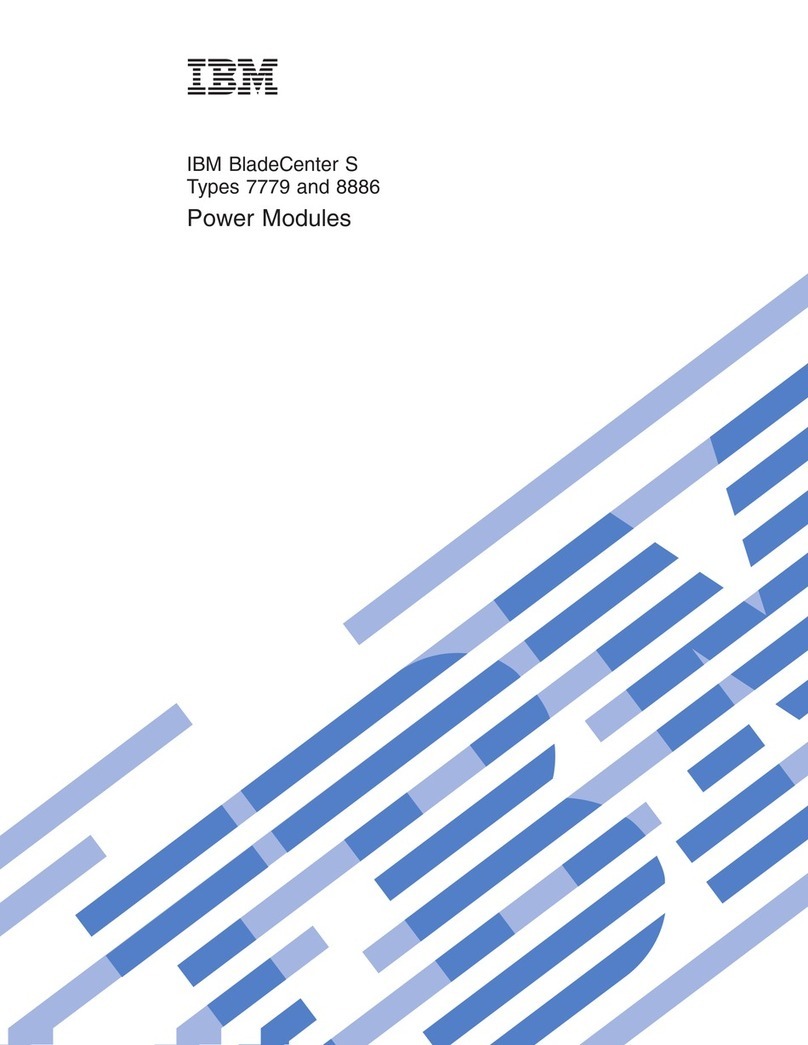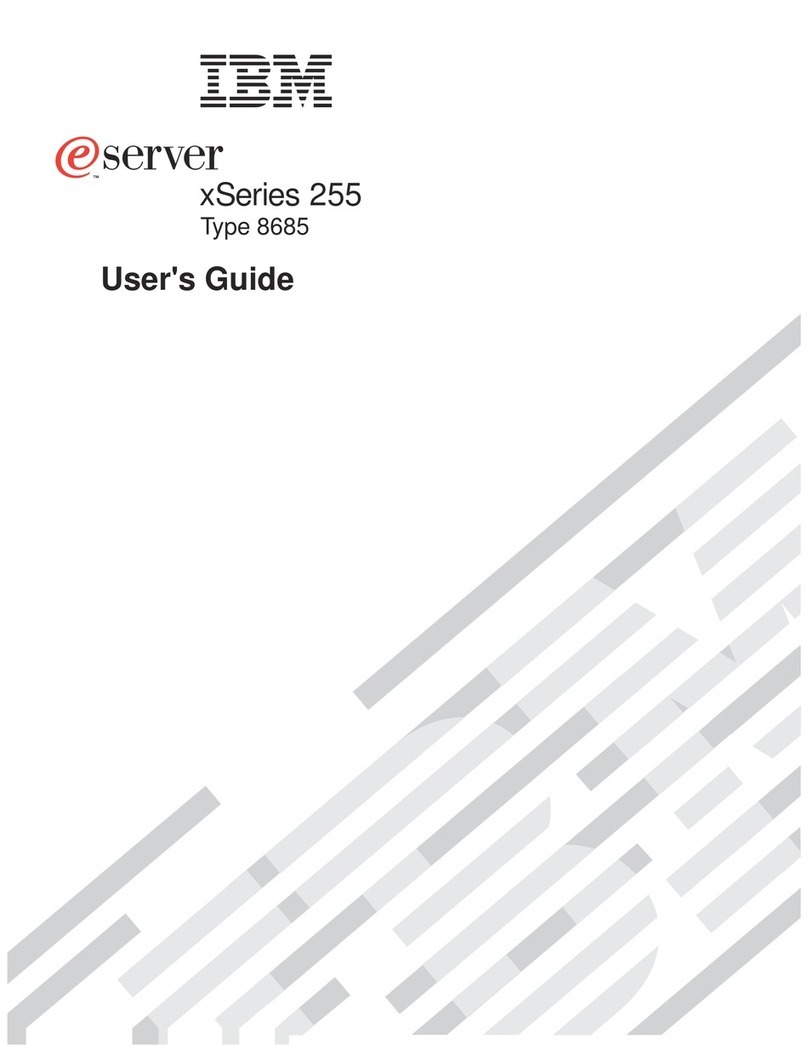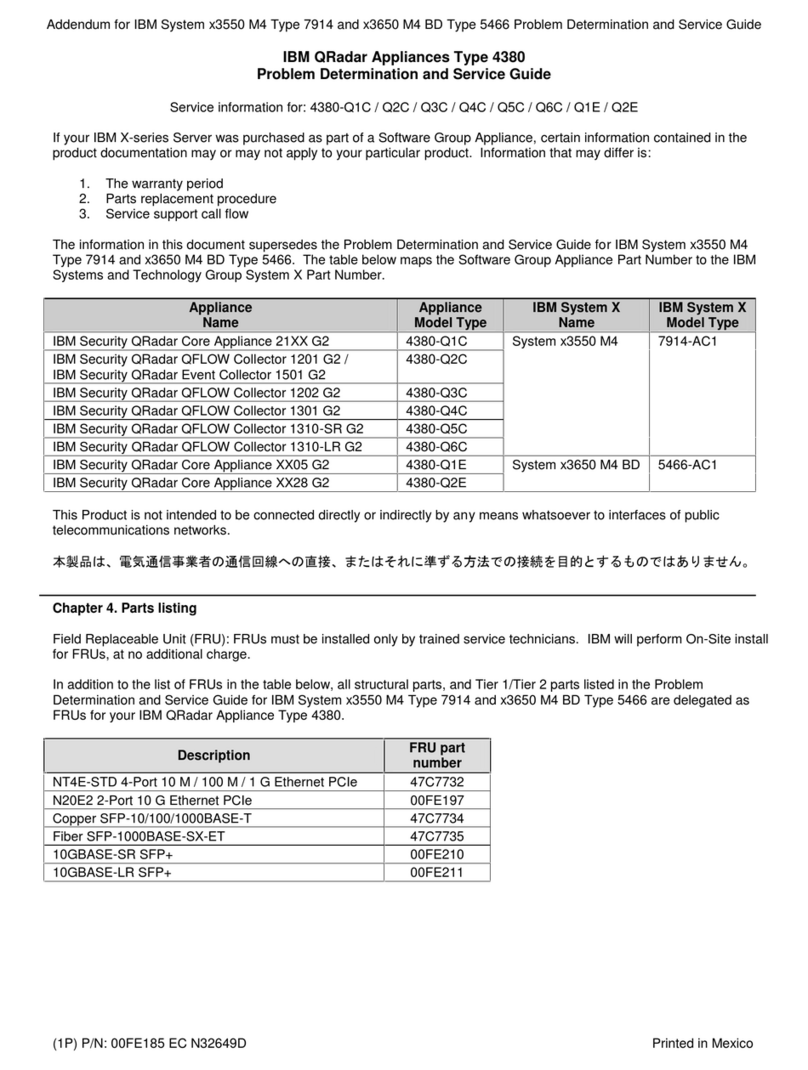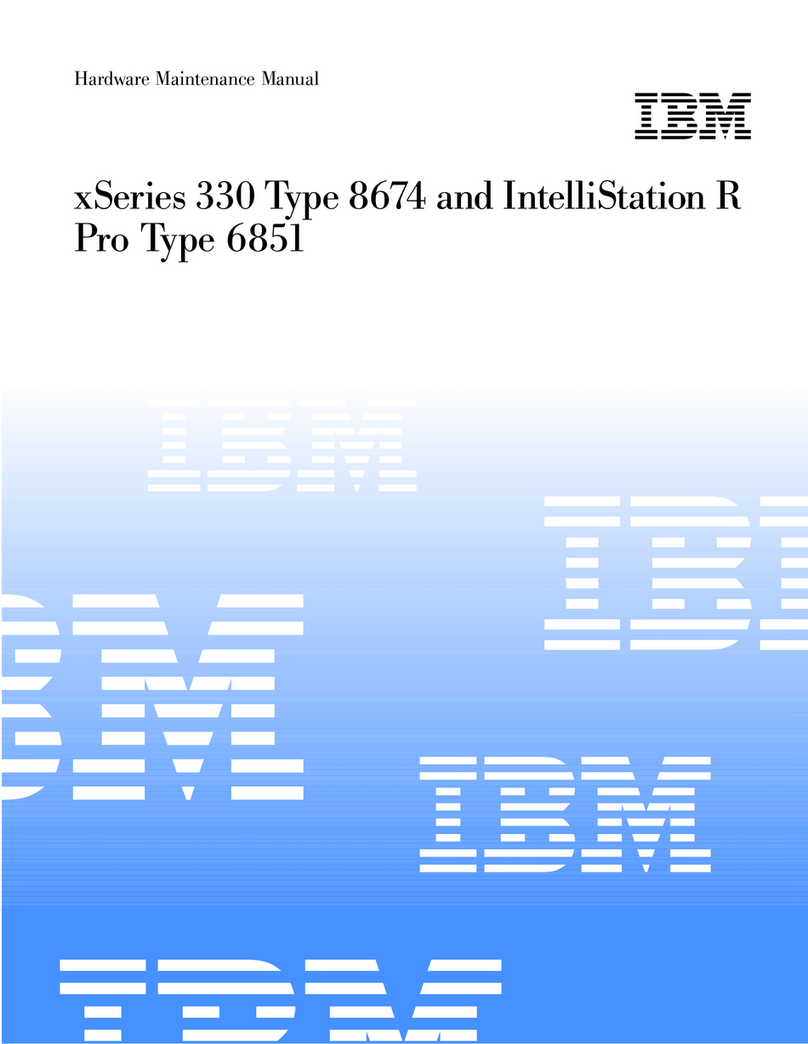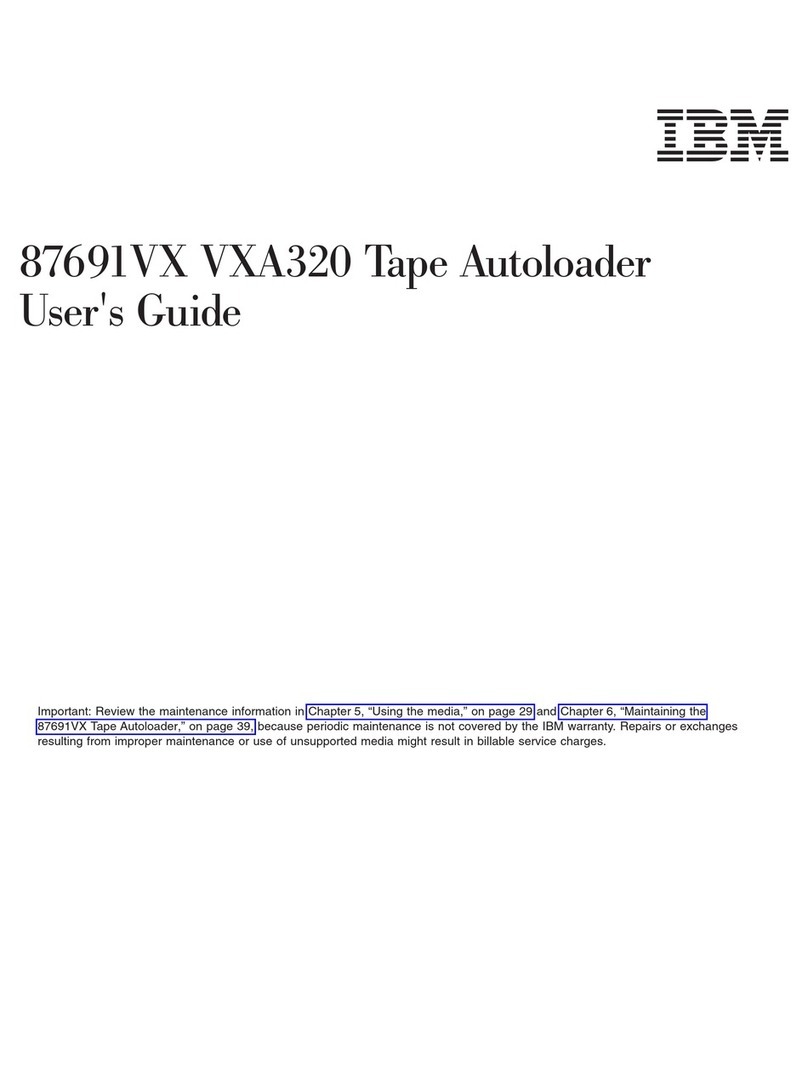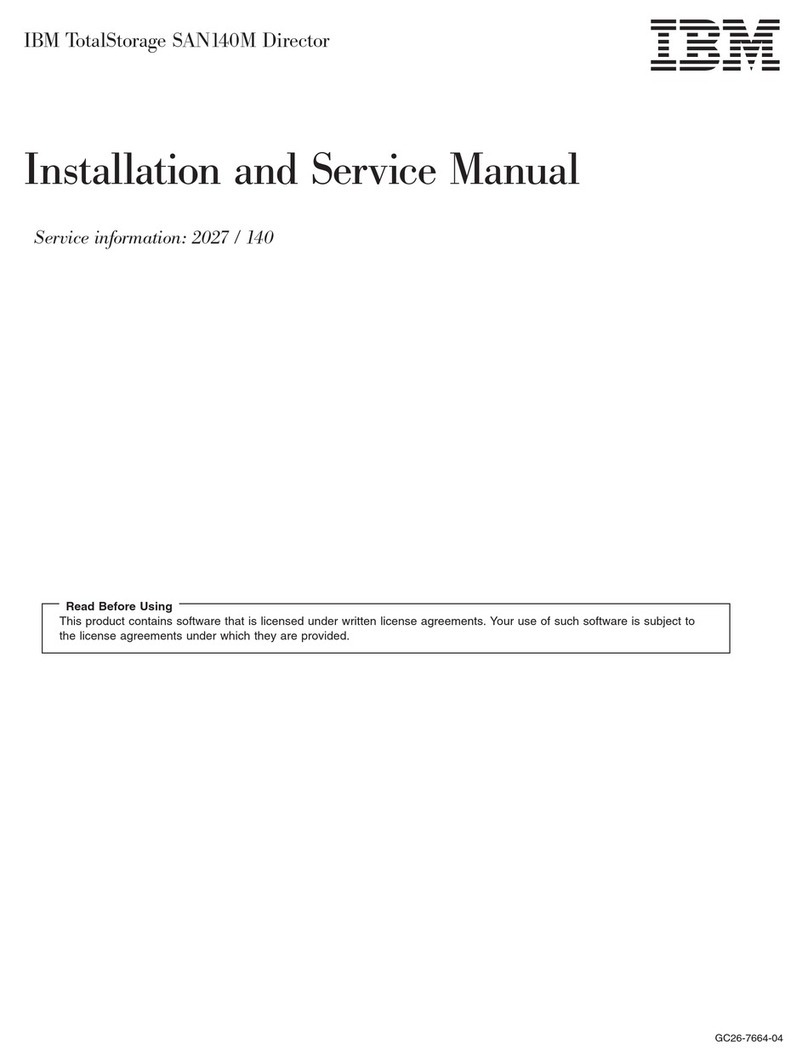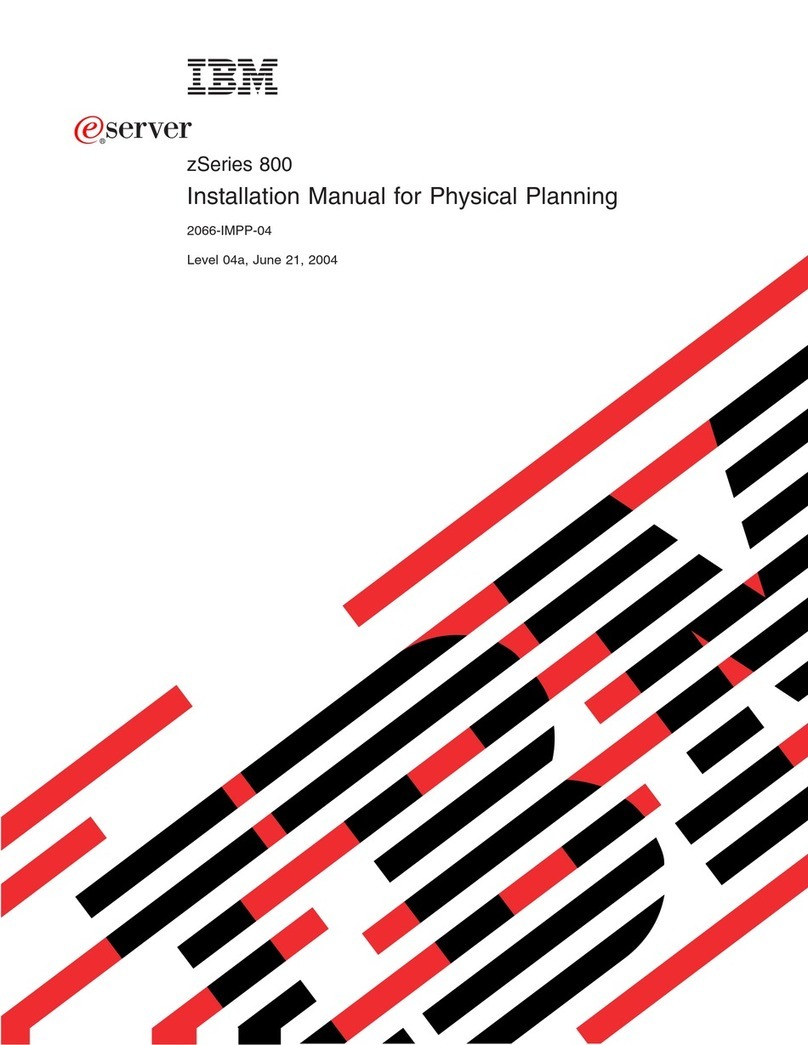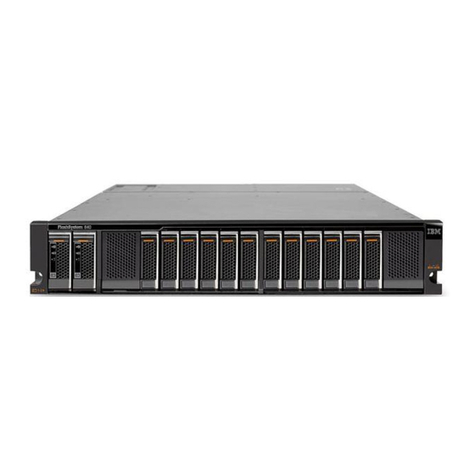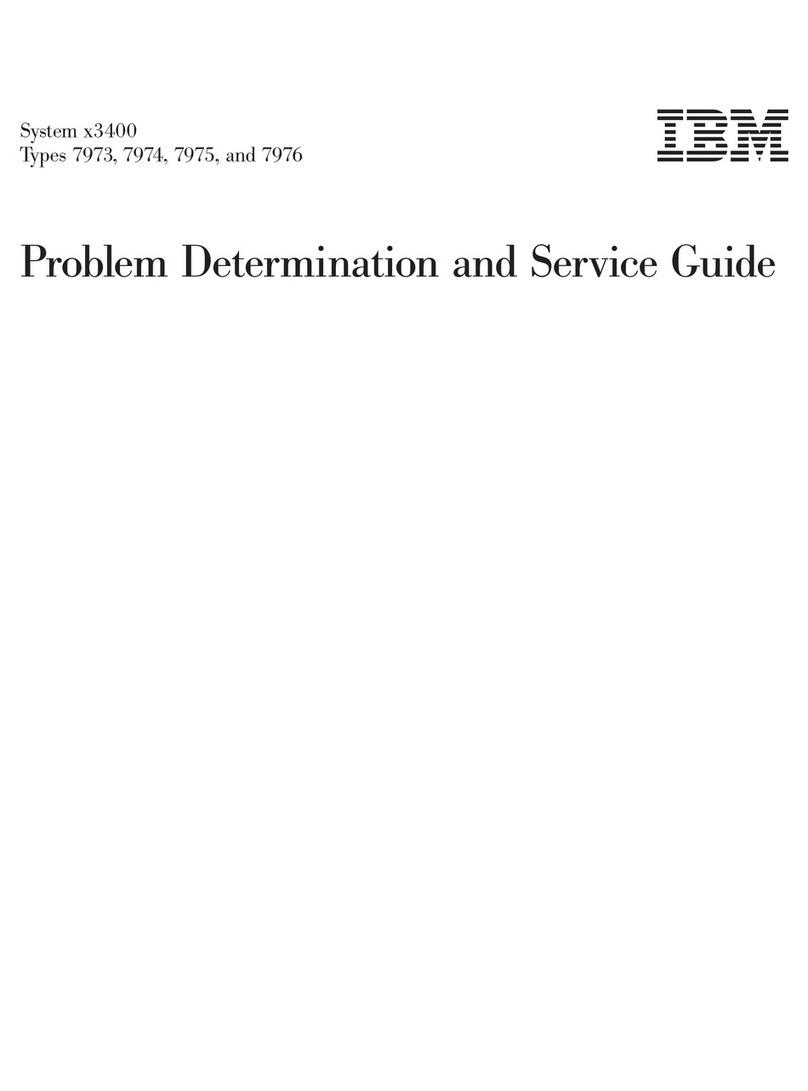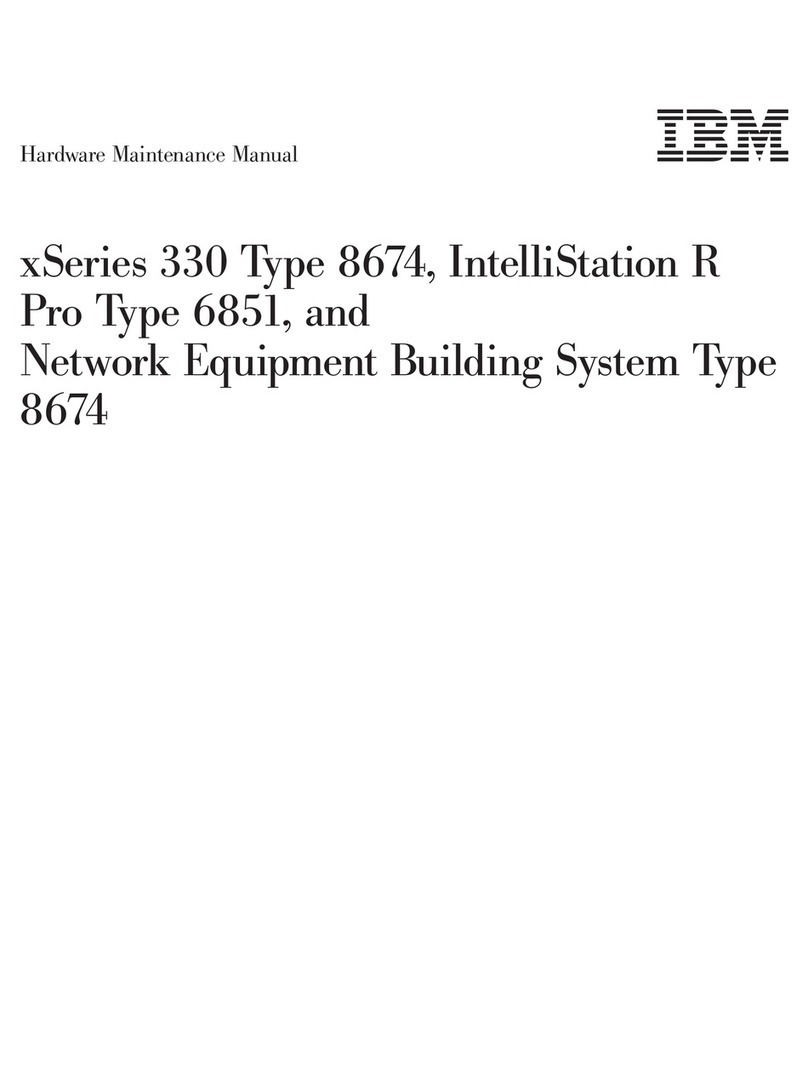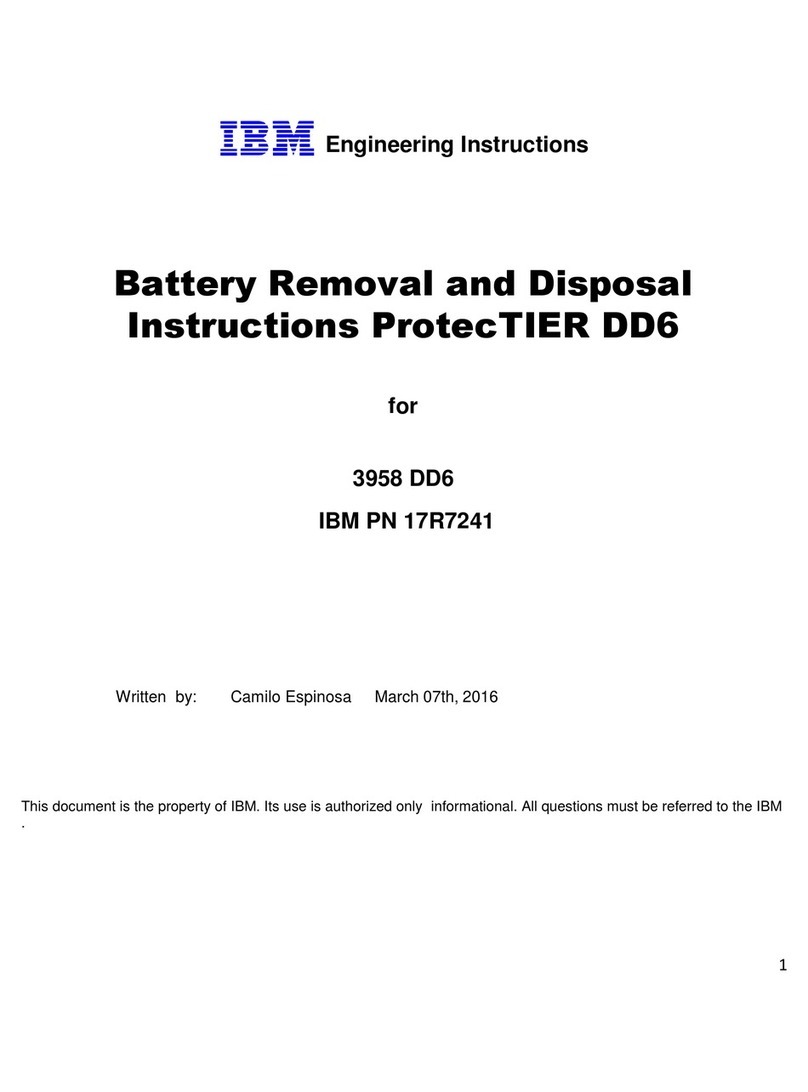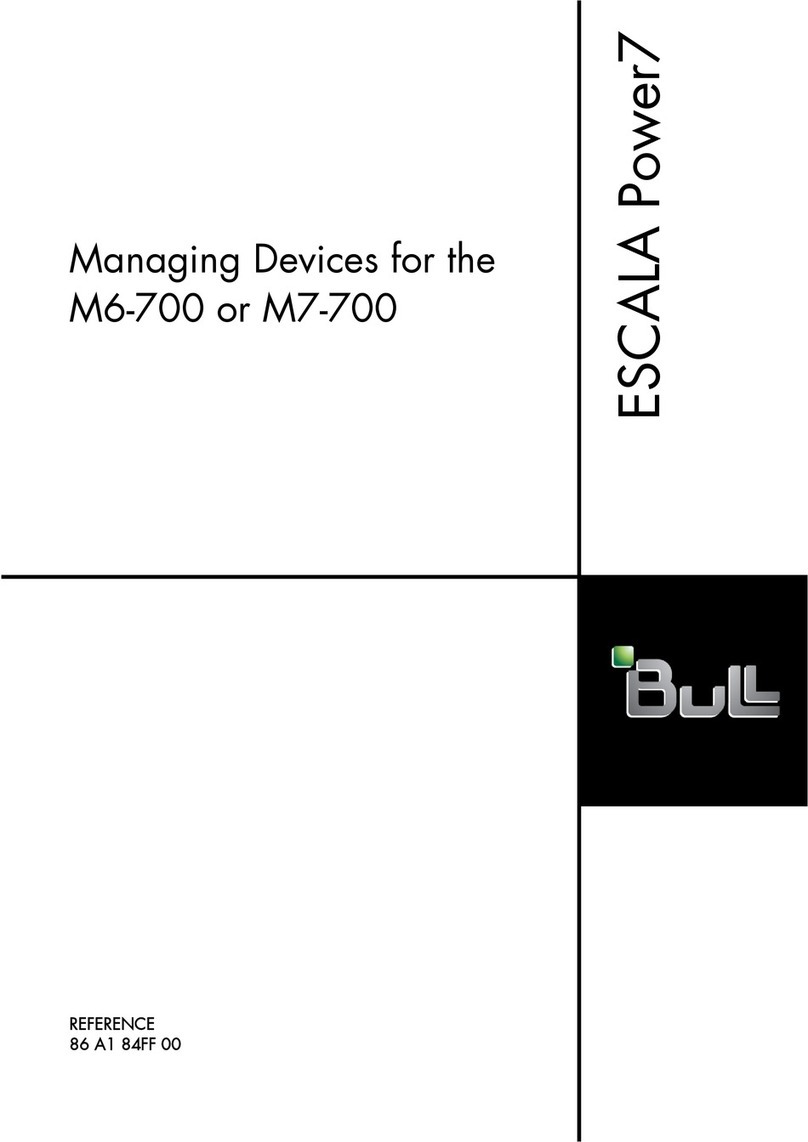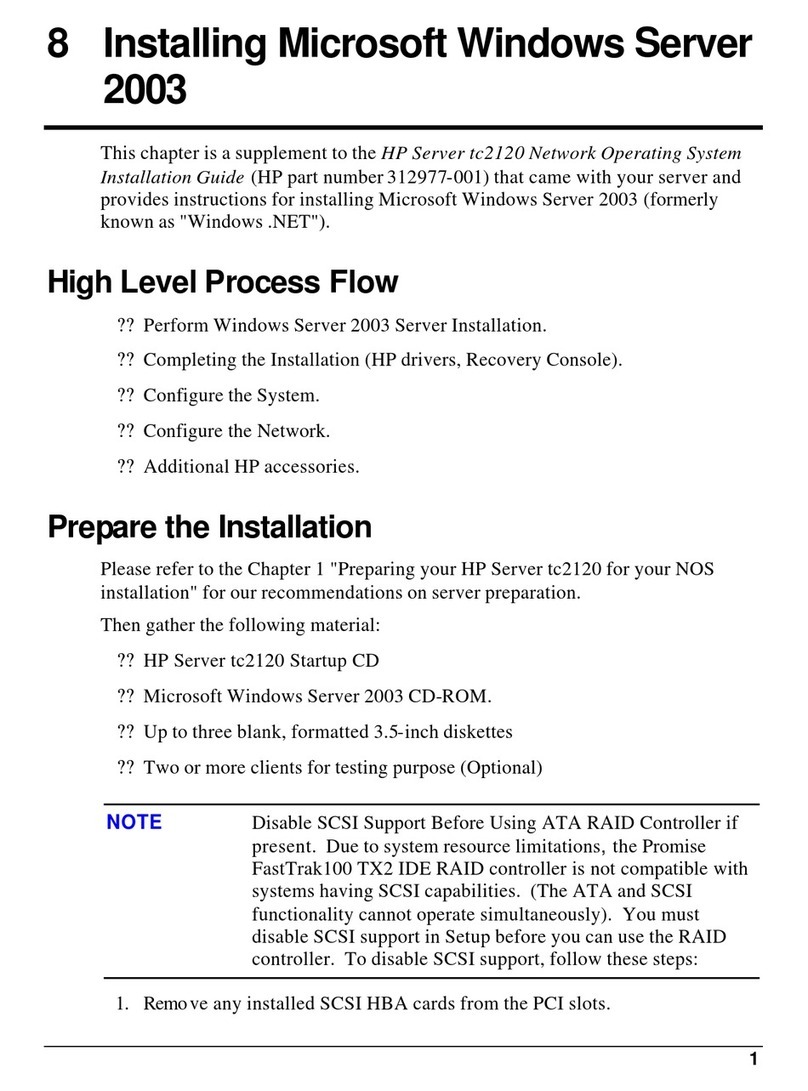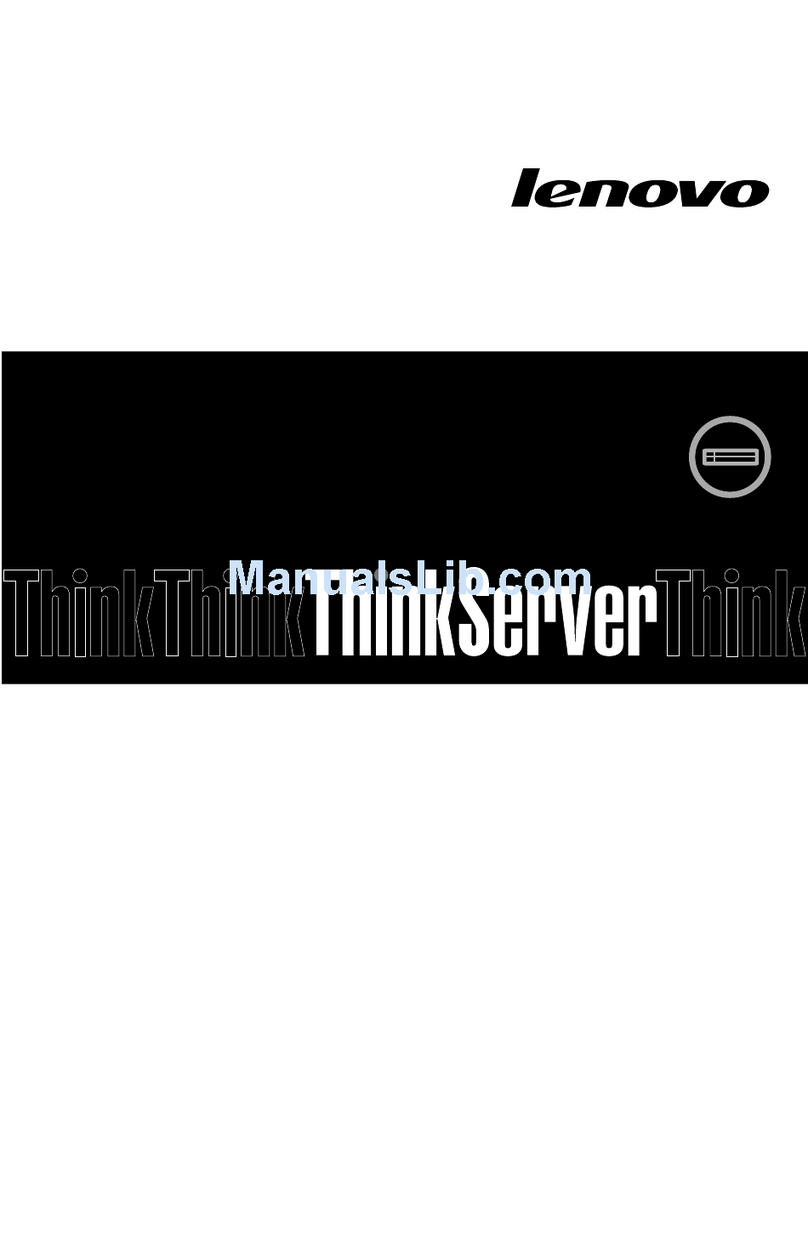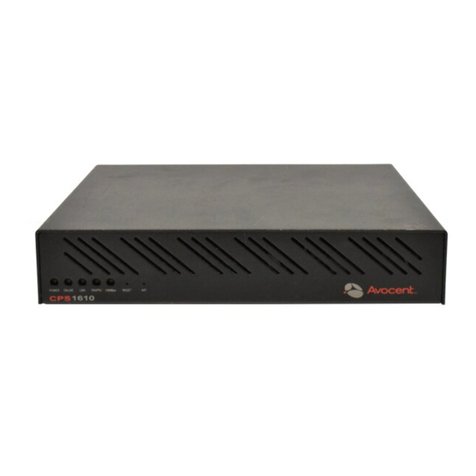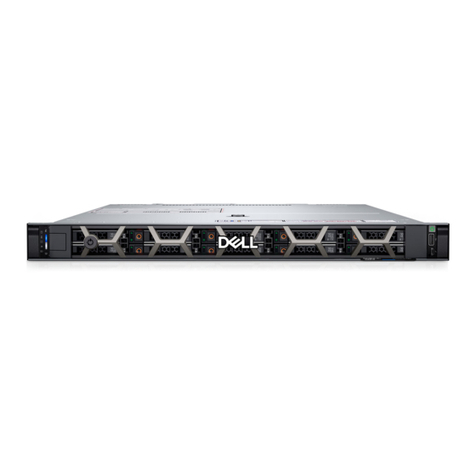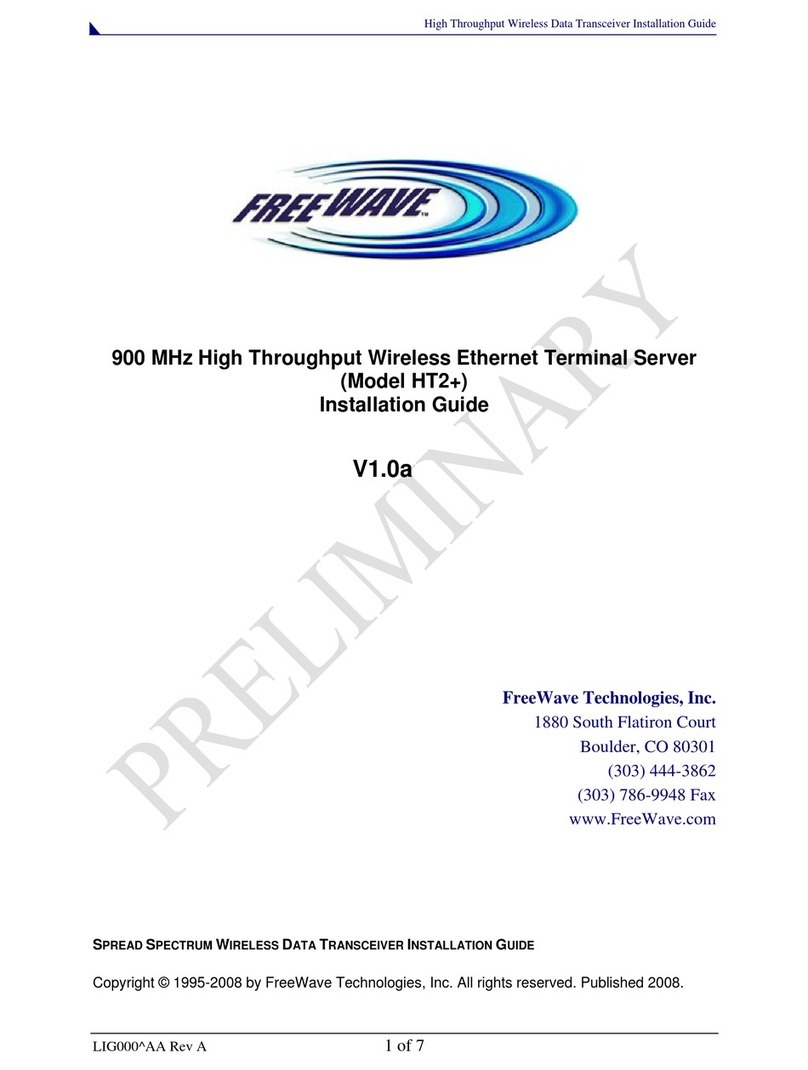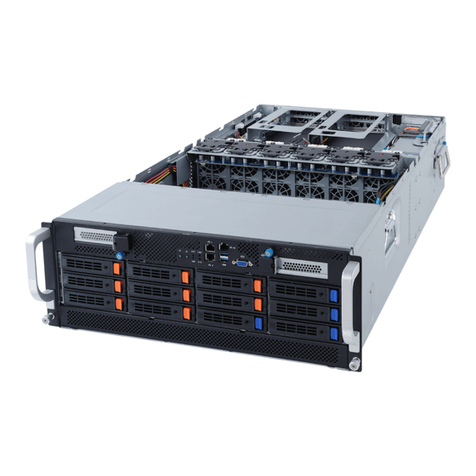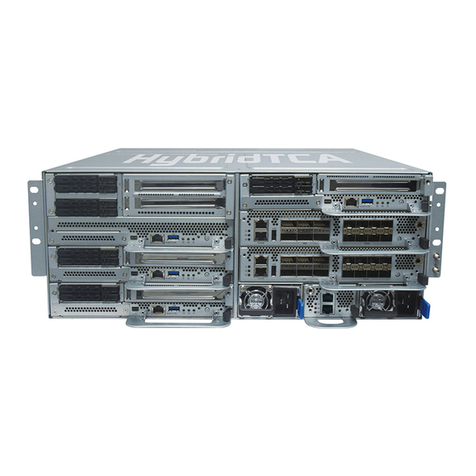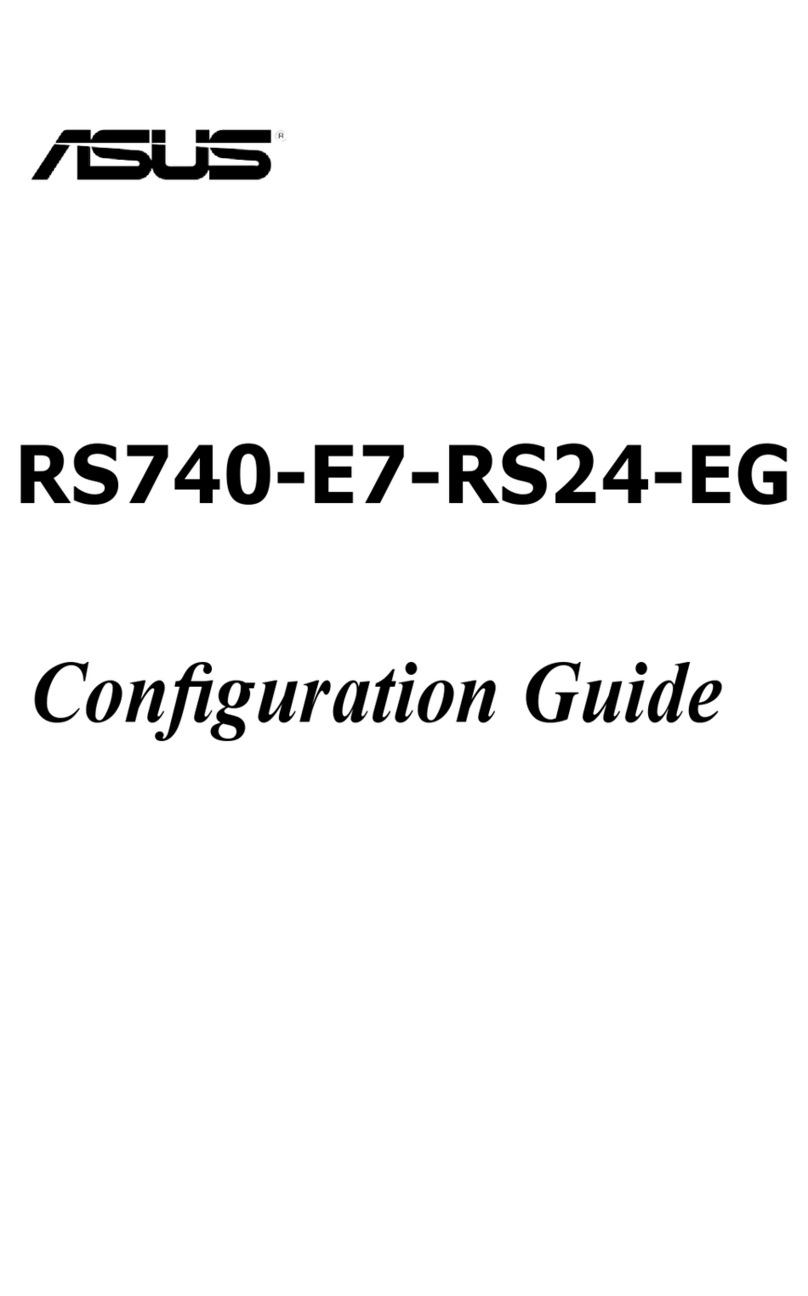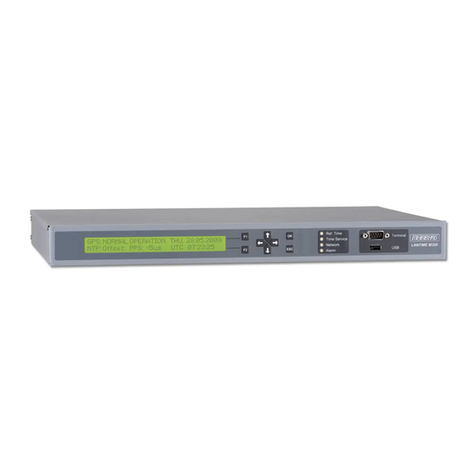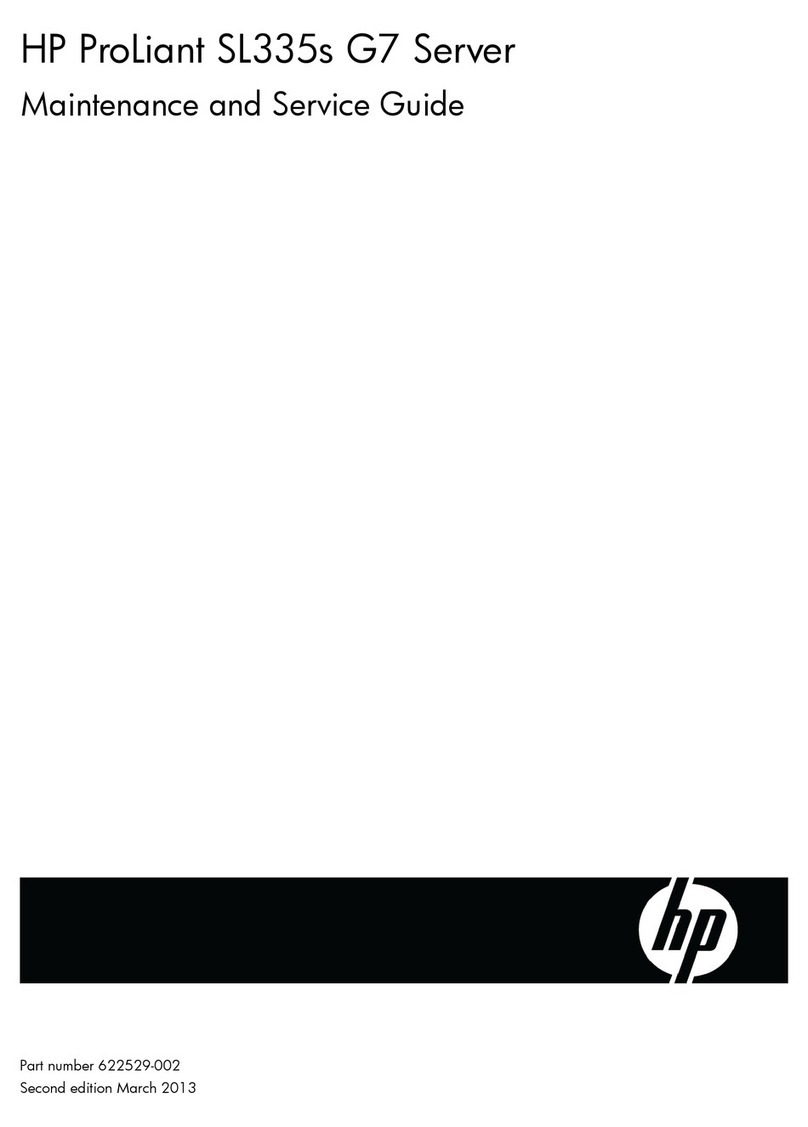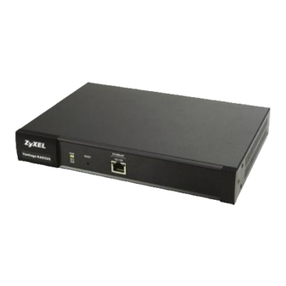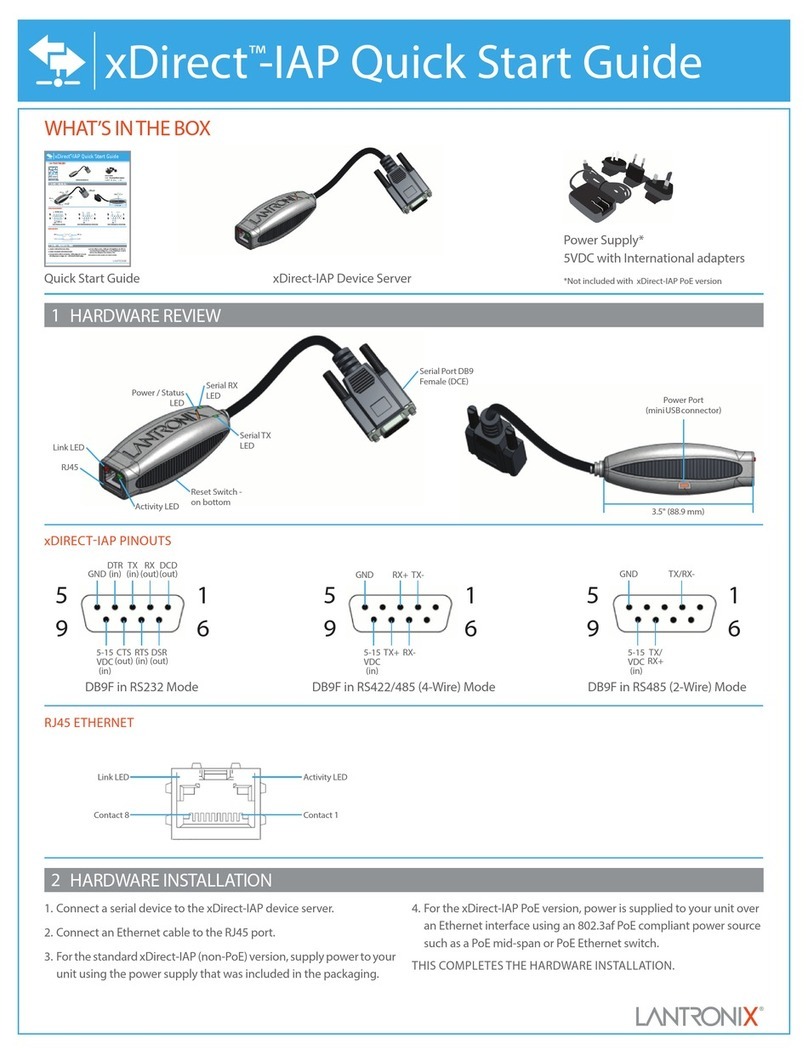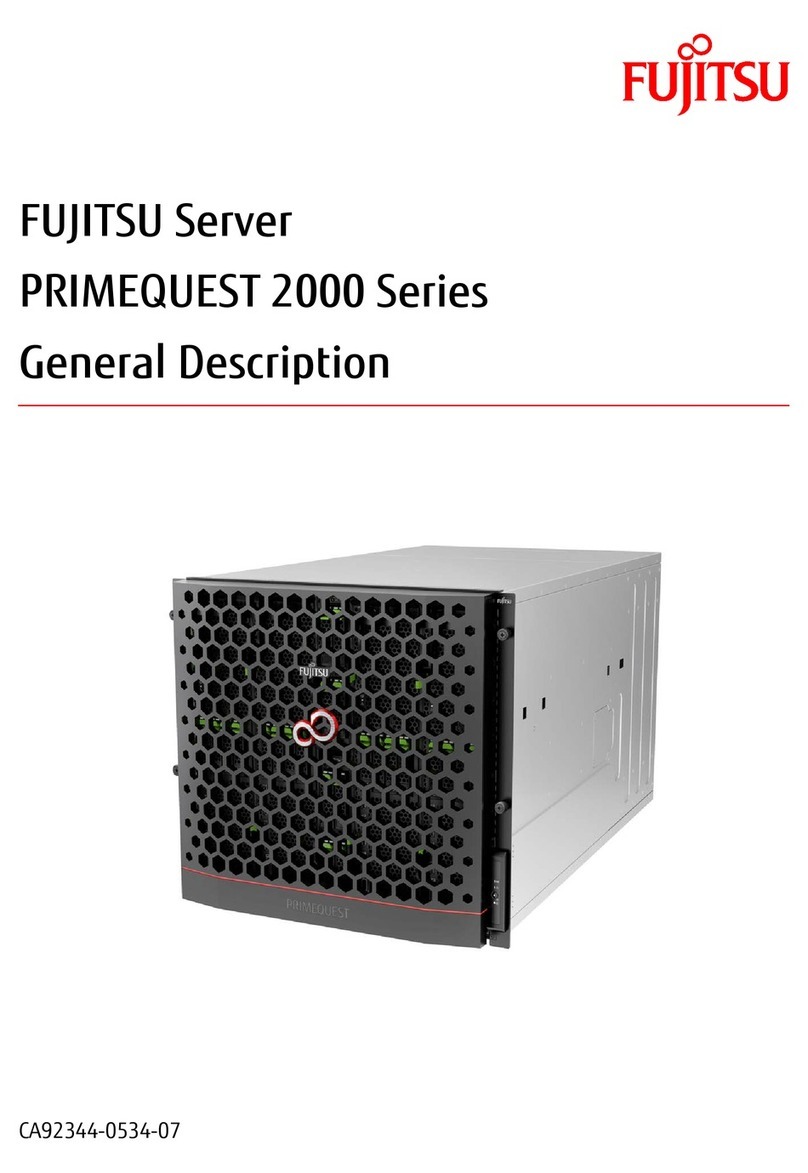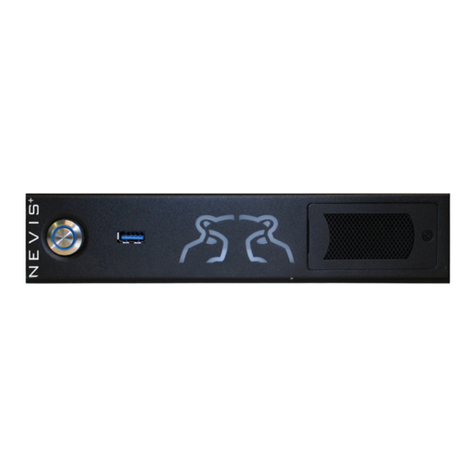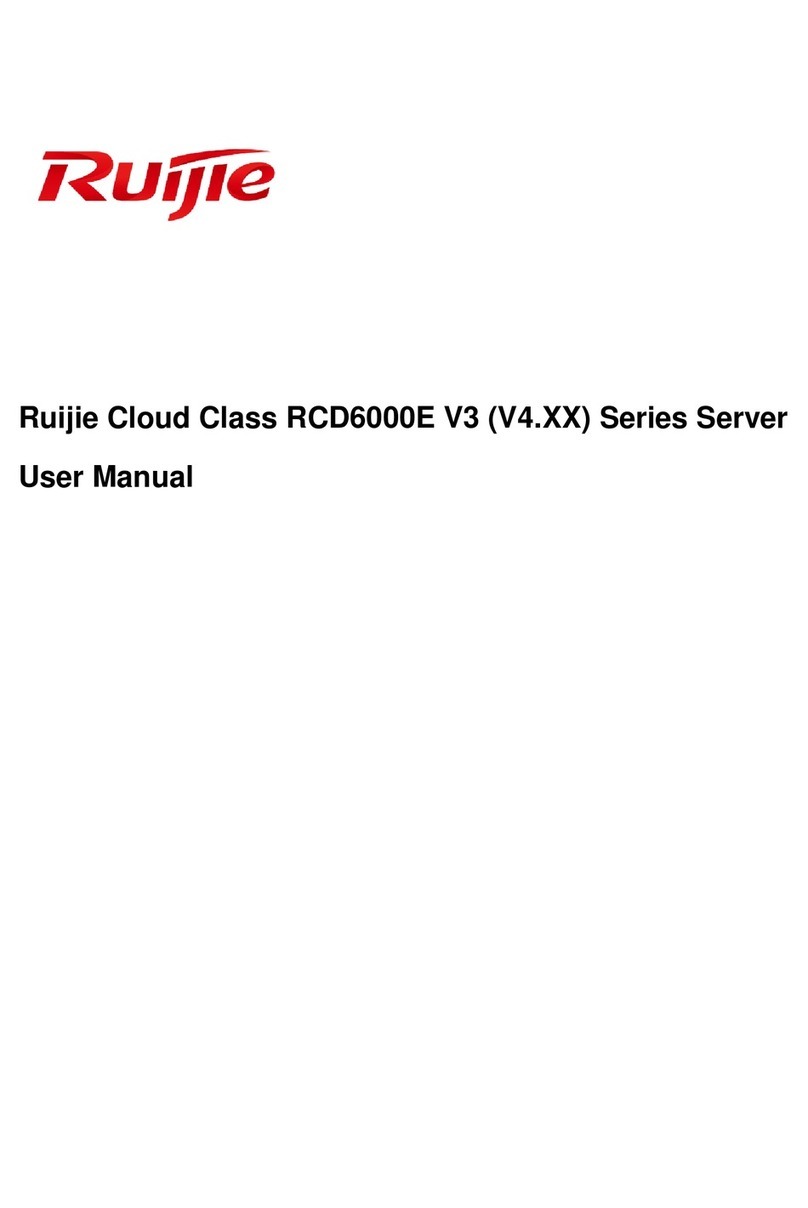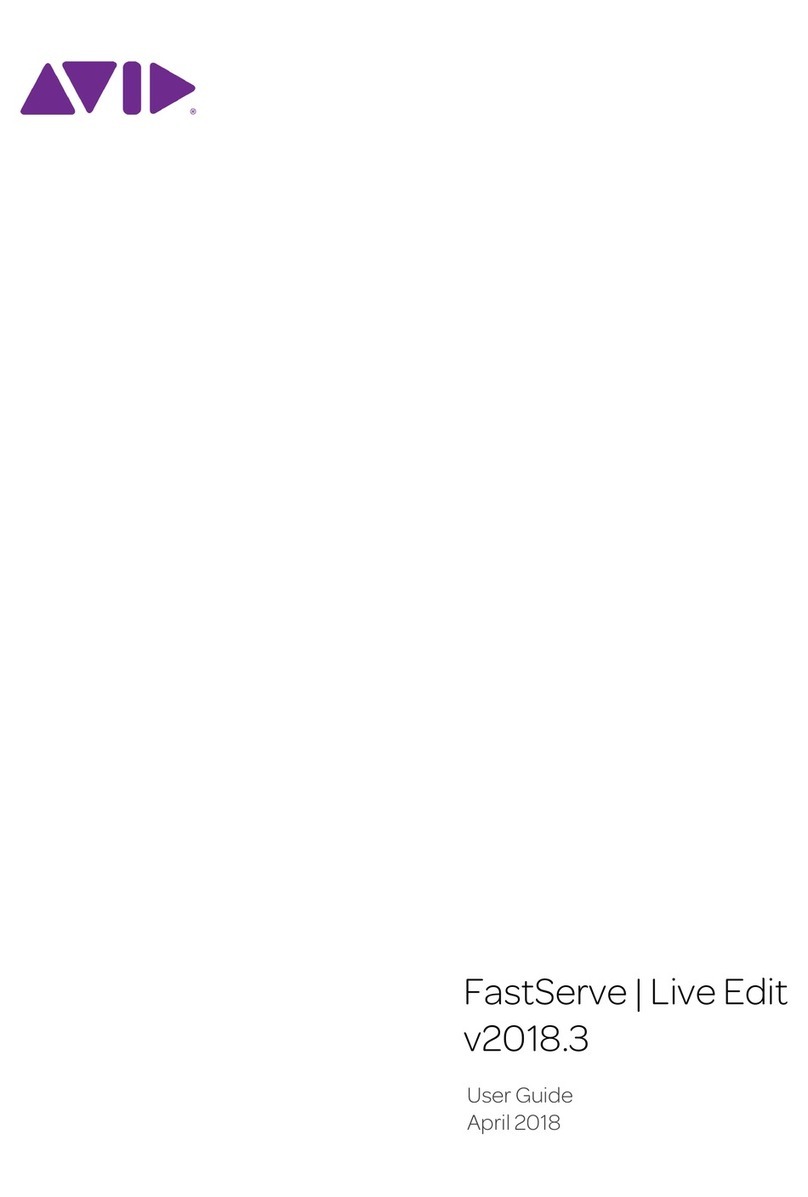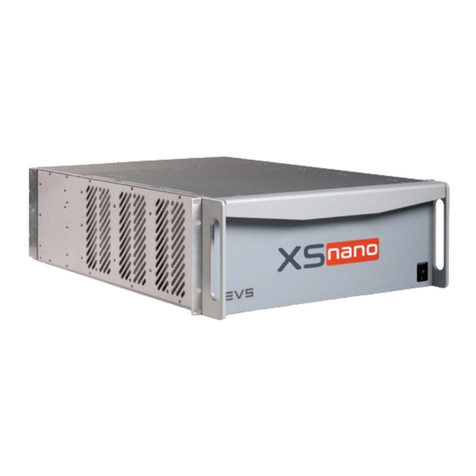
Diagnostic LEDs . . . . . . . . . . . . 41
Erasing lost or forgotten passwords ....... 42
Power supply . . . . . . . . . . . . . . . . . 45
ROM operation mode switch setting ....... 47
SCSISelect utility program ........... 49
Starting the SCSISelect utility program .... 49
SCSISelect utility program choices ...... 49
Configure/View host adapter settings .... 49
SCSI disk utilities ............ 50
Performing a low-level disk format .... 51
When to use the format disk program . . . 51
Starting the low-level format ....... 51
Specifications (Ethernet cable) ......... 53
Wake on LAN feature ............ 55
Specifications (system) . . . . . . . . . . . . . 56
Locations . . . . . . . . . . . . . . . . . . . . . 58
Accessing the system board .......... 59
Adapters . . . . . . . . . . . . . . . . . . . 60
Adapter considerations . . . . . . . . . . . 60
AGP adapters . . . . . . . . . . . . . . 60
ISA and PCI adapters .......... 61
Installing or removing ISA and PCI adapters . 62
Installing or removing AGP adapters ..... 65
Adding security options ............ 67
Installing a U-bolt and security cable ..... 67
Battery . . . . . . . . . . . . . . . . . . . . 69
Bottom cover . . . . . . . . . . . . . . . . . 71
Cabling . . . . . . . . . . . . . . . . . . . . 73
CD-ROM drive . . . . . . . . . . . . . . . . . 74
Handling a CD ............... 75
Loading and unloading a CD ........ 75
Completing the installation ........... 77
Controls and indicators ............. 81
Server controls . . . . . . . . . . . . . . . 81
Status indicators . . . . . . . . . . . . . . 82
Disconnecting cables and removing the side cover 84
External options . . . . . . . . . . . . . . . . 87
Adding a hot-swap storage expansion enclosure 87
External SCSI devices ............. 88
Serial port connectors ............ 89
Parallel port connector ........... 90
External view . . . . . . . . . . . . . . . . . 91
Front fan . . . . . . . . . . . . . . . . . . . 92
Input/Output connectors . . . . . . . . . . . . 94
Internal drives . . . . . . . . . . . . . . . . . 97
Expansion bays . . . . . . . . . . . . . . 97
Drive specifications . . . . . . . . . . . . . 99
Types of cables ............. 100
SCSI drives . . . . . . . . . . . . . . . 104
SCSI physical unit numbers ...... 104
SCSI logical unit number ........ 104
Termination requirements . . . . . . . 105
Preinstallation steps (all bays) ....... 105
Working with drives in bays 1 through 4 . . 107
2Netfinity Server HMM
